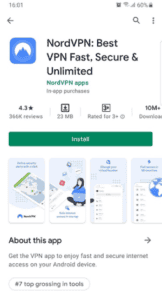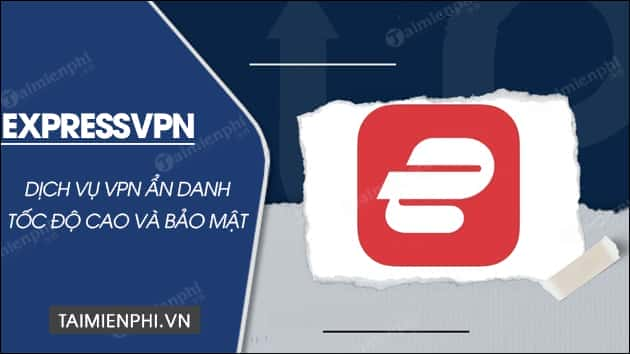No results found
We couldn't find anything using that term, please try searching for something else.

3D Big Cloud Lightning Light Kit Music Sync Warm White Multicolor Lightning Changing Strip Lights 360 Degree Wireless Remote APP NO DIY Coolest Decorations for Adults and Kids Indoor Home Bedroom : Amazon.co.uk: Lighting
3D Big Cloud Lightning Light Kit Music Sync Warm White Multicolor Lightning Changing Strip Lights 360 Degree Wireless Remote APP NO DIY Coolest Decora
3D Big Cloud Lightning Light Kit Music Sync Warm White Multicolor Lightning Changing Strip Lights 360 Degree Wireless Remote APP NO DIY Coolest Decorations for Adults and Kids Indoor Home Bedroom
Share:
Found a lower price? Let us know. Although we can’t match every price reported, we’ll use your feedback to ensure that our prices remain competitive.
Where did you see a lower price?
field with an asterisk* are required
Please
sign in
to provide feedback.





